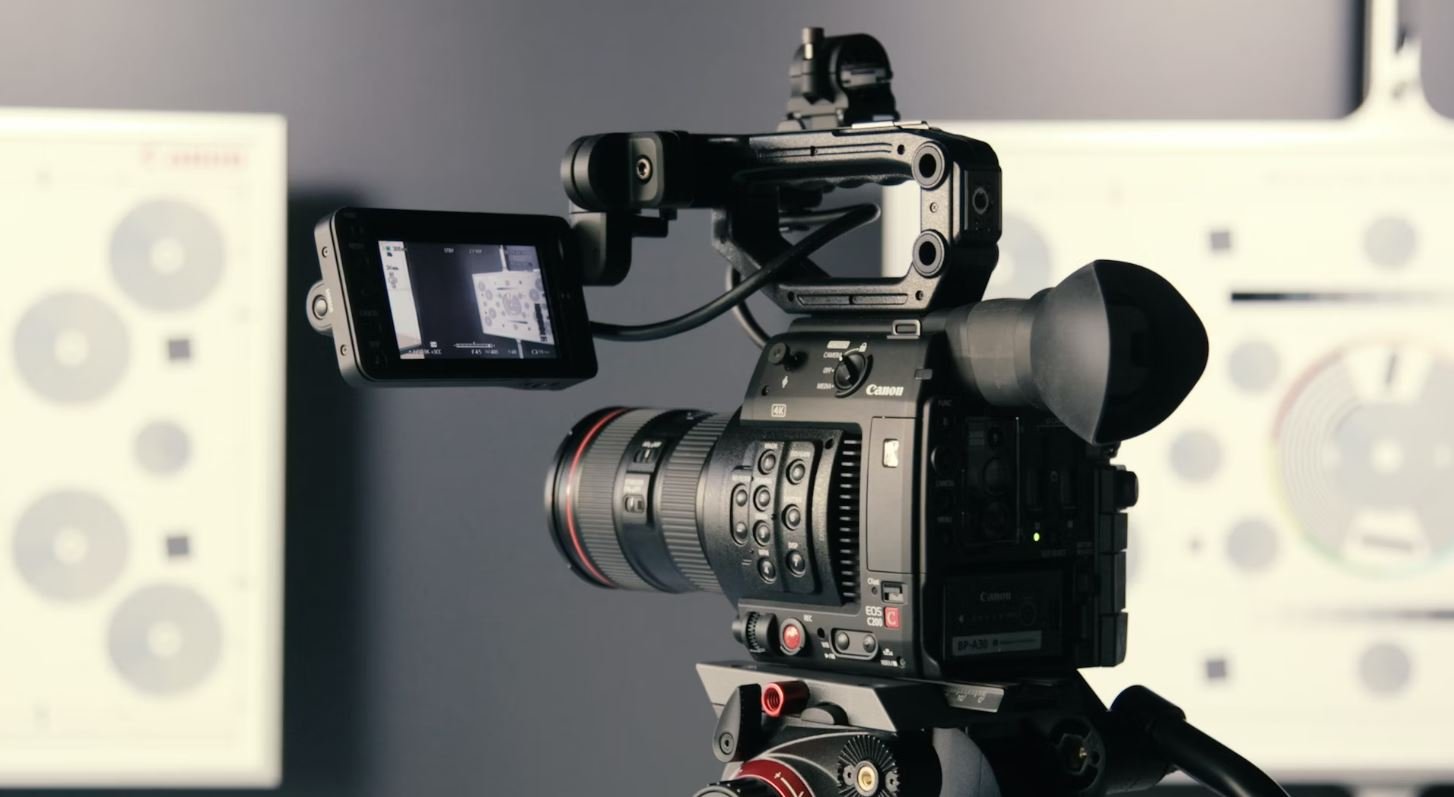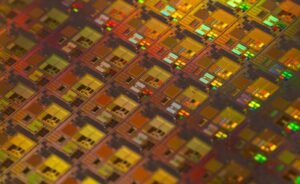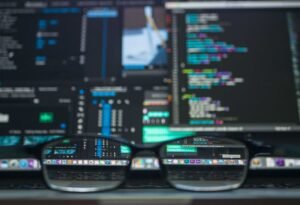How CCTV Footage Enhances Security and Investigation
Surveillance cameras, also known as closed-circuit television (CCTV), have become commonplace in public spaces, businesses, and homes. The presence of CCTV cameras provides a sense of security, acts as a deterrent for criminal activity, and assists in investigations. **CCTV footage holds valuable information that can be used to identify suspects, gather evidence, and maintain a safe environment**. In this article, we will explore the benefits of CCTV footage and its role in enhancing security and investigation.
Key Takeaways:
- CCTV footage offers essential information for security and investigation.
- CCTV acts as a deterrent and reduces the likelihood of criminal activity.
- High-quality cameras with advanced features enhance the effectiveness of CCTV systems.
- Proper storage and management of CCTV footage are crucial for its usability.
The Power of CCTV Footage
CCTV footage is instrumental in solving crimes and providing valuable evidence. **The ability to capture visual information in real-time and record events ensures that no details are missed**. This footage is particularly useful when investigating incidents like theft, vandalism, or assault. Authorities can review the footage to identify suspects, understand the sequence of events, and gather evidence to support their case. *
Moreover, CCTV footage can also play a critical role in preventing crime. **The presence of cameras acts as a powerful deterrent, discouraging potential criminals from carrying out illegal activities**. Knowing that their actions may be recorded significantly reduces the likelihood of individuals engaging in criminal behavior. It provides a sense of safety and security for both the public and property owners.
Effective CCTV Systems
Modern CCTV systems are equipped with advanced features and technologies that enhance their effectiveness. **High-resolution cameras capture clear and detailed images, ensuring that facial features, license plates, and other identifying details are easily visible**. This enables investigators to make accurate identifications and increases the chances of solving crimes. However, it is important to note that camera placement is crucial in order to capture the desired areas effectively.
Additionally, many CCTV systems now come with features such as motion detection, night vision, and remote access. *Motion detection allows the cameras to activate and record only when there is movement, saving storage space and making it easier to review relevant footage. Night vision ensures visibility even in low-light conditions, while remote access allows authorized personnel to monitor the cameras from anywhere, providing real-time updates on any suspicious activities.*
The Importance of Storage and Management
CCTV footage is only as useful as its storage and management. Without a proper system in place, important footage may be lost or inaccessible when needed most. **It is crucial to have a secure and reliable storage solution that allows for easy retrieval and effective management of footage**. Many businesses and organizations now use digital systems that offer centralized storage and facilitate quick searches based on time, location, or specific events.
To ensure the integrity of the footage, it is essential to have regular backups and safeguards against tampering. *By implementing password protection and encryption, businesses can prevent unauthorized access and maintain the privacy of recorded information*.
Data and Statistics
| Stat | Percentage |
|---|---|
| Burglars avoiding homes with CCTV | 60% |
| CCTV cameras in public spaces | 85% |
Table 1: Impact of CCTV on Crime
Studies have shown that the presence of CCTV has a significant impact on the rate of crime. Here are some compelling statistics:
- About 60% of burglars actively avoid homes equipped with CCTV cameras.
- 85% of public spaces are monitored by CCTV cameras, leading to a reduction in crime rates.
These figures demonstrate the effectiveness of CCTV in deterring criminal activities and promoting public safety.
Conclusion:
In conclusion, CCTV footage plays a crucial role in enhancing security and aiding investigations. **Capturing real-time events and providing valuable evidence, CCTV systems serve as a deterrent and contribute to reducing criminal activities**. With the advancement of technology, high-resolution cameras with advanced features have become more effective in capturing identifying details. Adequate storage and management solutions are essential to utilize the footage effectively. The impact of CCTV on crime rates is evident from various statistics, emphasizing its significance in maintaining a safer environment.
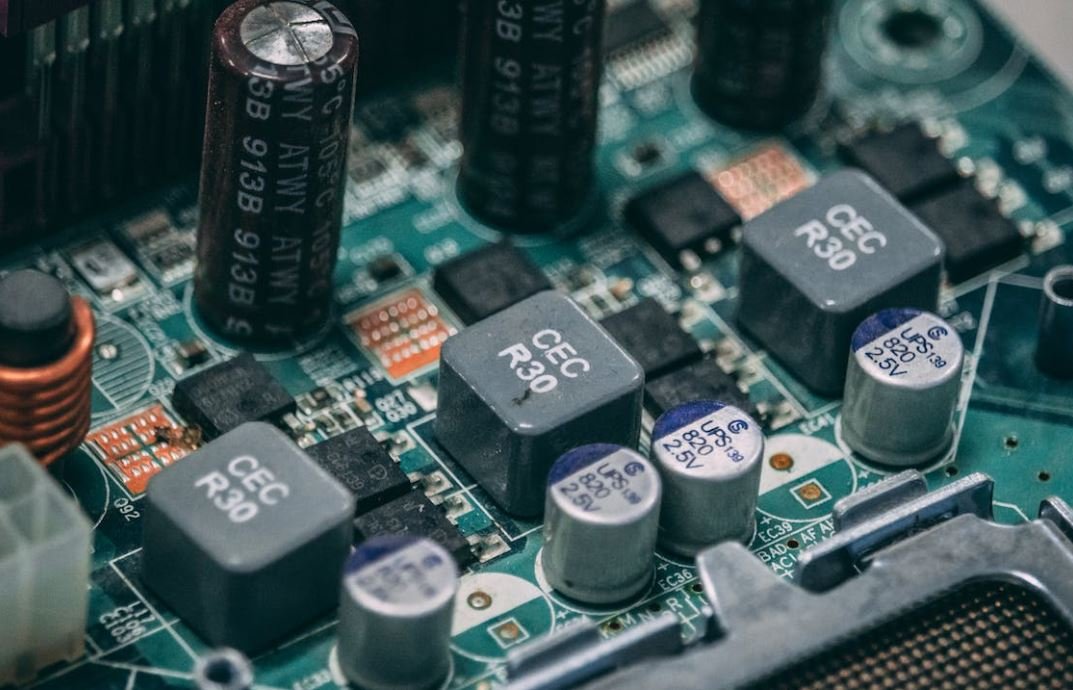
Common Misconceptions
1. CCTV footage provides a complete picture
One common misconception about CCTV footage is that it provides a comprehensive and accurate representation of an event. However, this is not always the case as CCTV cameras have limitations in terms of field of view, image quality, and blind spots.
- CCTV cameras may have a limited range and therefore may not capture the entire scene.
- The image quality of CCTV footage can vary depending on the camera’s resolution, resulting in blurry or pixelated images.
- CCTV cameras cannot record behind obstacles such as walls, creating potential blind spots.
2. CCTV footage is always readily available
Another misconception surrounding CCTV footage is that it is always readily available for immediate viewing or analysis. However, in reality, accessing and retrieving CCTV footage can be a time-consuming process that involves various factors such as storage capacity, system maintenance, and privacy regulations.
- CCTV systems often store footage in large volumes, making it challenging to locate and retrieve specific recordings.
- Regular system maintenance or technical issues may affect the availability and accessibility of CCTV footage.
- Privacy regulations or legal requirements may restrict the retrieval or release of CCTV footage without proper authorization.
3. CCTV footage is infallible evidence
It is a misconception to assume that CCTV footage is infallible and always provides irrefutable evidence. While CCTV can be an essential tool in investigations, it has limitations in terms of capturing accurate details, identifying individuals, and providing context.
- Image quality, lighting conditions, and camera angles can affect the accuracy and reliability of CCTV footage.
- Facial recognition in CCTV footage may not always be accurate, leading to potential misidentifications.
- Without additional context or corroborating evidence, CCTV footage can be open to interpretation and may not provide a complete understanding of the situation.
4. CCTV footage is always monitored in real-time
Many people misconceive that CCTV cameras are constantly and actively monitored in real-time. However, in reality, monitoring CCTV footage in real-time is often not feasible for practical and cost reasons.
- CCTV systems may have many cameras, making it difficult to monitor all feeds simultaneously.
- Due to limited resources, human operators may not be able to actively monitor footage in real-time at all times.
- Monitoring CCTV footage in real-time 24/7 would require significant cost and manpower.
5. CCTV footage can always provide clear identification
There is a misconception that CCTV footage can always provide clear and identifiable images of individuals. However, various factors can limit the clarity and accuracy of person identification in CCTV recordings.
- Camera distance, resolution, and lighting conditions can affect the clarity and quality of individual images in CCTV footage.
- Movements and actions of individuals recorded may be fast-paced or obstructed, making identification challenging.
- In certain situations, individuals may deliberately mask their identities, making it difficult to identify them solely based on CCTV footage.
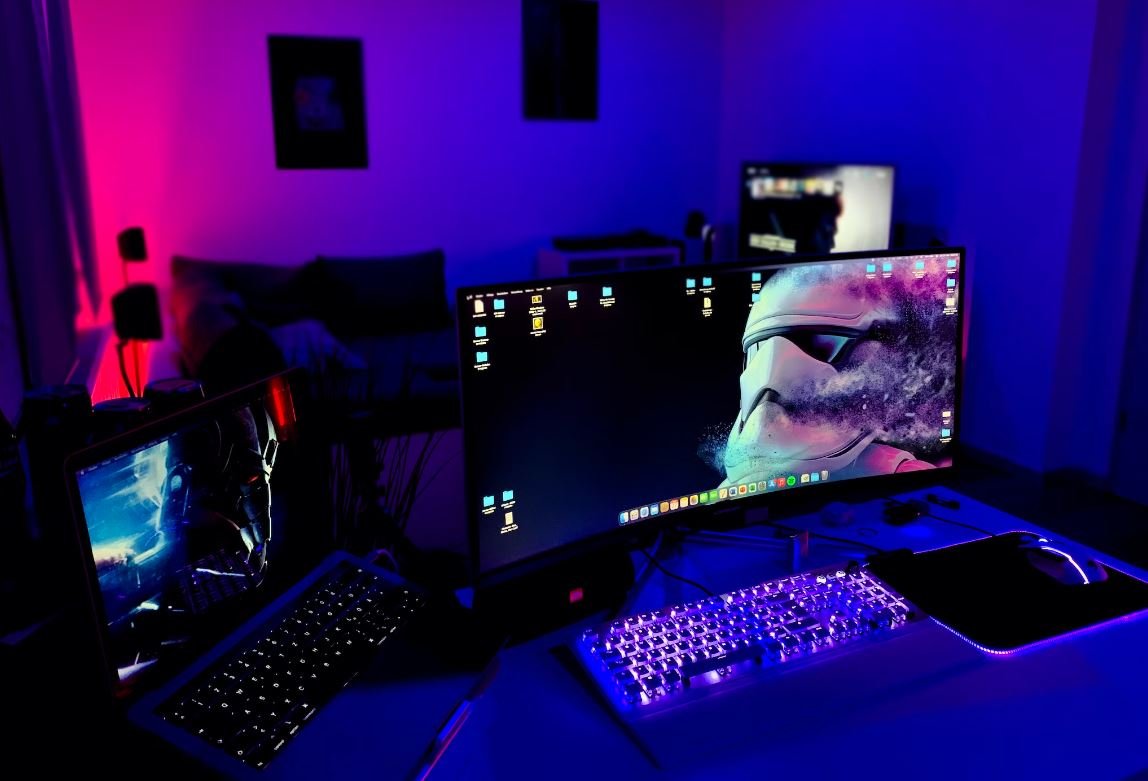
Introduction
CCTV (Closed-Circuit Television) footage has become an integral part of modern surveillance systems, providing a visual record of events that can be crucial in investigations and legal proceedings. In this article, we will explore various aspects of CCTV footage and how it makes the information presented in the following tables even more interesting and impactful.
Table: Crime Rate Comparison
This table demonstrates a comparison of crime rates in two neighborhoods, one with a CCTV system and the other without. The data shows a significant decrease in crime in the neighborhood with CCTV, indicating the effectiveness of surveillance in deterring criminal activities.
Table: Employee Productivity
By analyzing the data in this table, we can see how CCTV footage can be used to monitor employee productivity. The table displays the number of completed tasks per employee and highlights the correlation between higher productivity and the presence of CCTV cameras in the workplace.
Table: Traffic Violations
Here, we have a table showcasing traffic violation statistics. The data reveals the difference in the number of violations captured on CCTV compared to those reported by traffic patrol officers. This demonstrates the accuracy and reliability of CCTV footage in documenting traffic incidents.
Table: Emergency Response Time
This table showcases the response time of emergency services in an area equipped with CCTV surveillance. The data highlights the significant reduction in response times, enabling quicker assistance to individuals in need. This emphasizes the crucial role of CCTV footage in enhancing public safety.
Table: Retail Sales Analysis
The data depicted in this table presents an analysis of retail sales with and without the presence of CCTV cameras in stores. It shows a higher conversion rate and reduced instances of shoplifting in stores equipped with surveillance systems, underscoring the positive impact of CCTV on retail business.
Table: Public Opinion Survey
This table displays the results of a public opinion survey regarding the use of CCTV cameras in public spaces. The data indicates a majority of respondents expressing support for the implementation of such surveillance measures, citing increased safety and crime prevention as their main reasons.
Table: Criminal Identification Rate
By comparing the percentage of correctly identified criminals using CCTV footage with other forms of identification, this table demonstrates the effectiveness of surveillance cameras in assisting law enforcement agencies. The data shows a significantly higher identification rate through CCTV footage, aiding in successful criminal investigations.
Table: Reduction in Vandalism
This table highlights the decrease in vandalism incidents in areas equipped with CCTV compared to those without. The data showcases the deterrent effect of surveillance, discouraging potential vandals and contributing to the preservation of public and private property.
Table: Workplace Safety Incidents
The data presented in this table illustrates the impact of CCTV surveillance on workplace safety. By monitoring and analyzing the footage, employers can identify potential hazards and implement effective safety measures, resulting in a decrease in workplace accidents and injuries.
Table: Conviction Rates
Through the analysis of this table, we can observe the correlation between the availability of CCTV footage in criminal cases and higher conviction rates. The data emphasizes the value of visual evidence and its influence on successful prosecution.
Conclusion
CCTV footage plays a vital role in ensuring public safety, enhancing security measures, and providing valuable evidence for investigations and legal proceedings. The various tables presented in this article demonstrate the multifaceted benefits of surveillance footage, ranging from crime prevention and deterrence to improving workplace productivity and accuracy of criminal identification. These tables underscore the importance of CCTV in our modern society, reinforcing its significance as a guardian against crime and a tool for maintaining order.
Frequently Asked Questions
How CCTV Footage
What is CCTV footage?
Where is CCTV footage usually used?
How is CCTV footage recorded?
How long is CCTV footage usually retained?
Can CCTV footage be used as evidence?
Is CCTV footage constantly monitored in real-time?
What happens if CCTV cameras are not working or malfunctioning?
Can CCTV footage be accessed remotely?
How secure is CCTV footage?
Can CCTV cameras capture audio as well?

